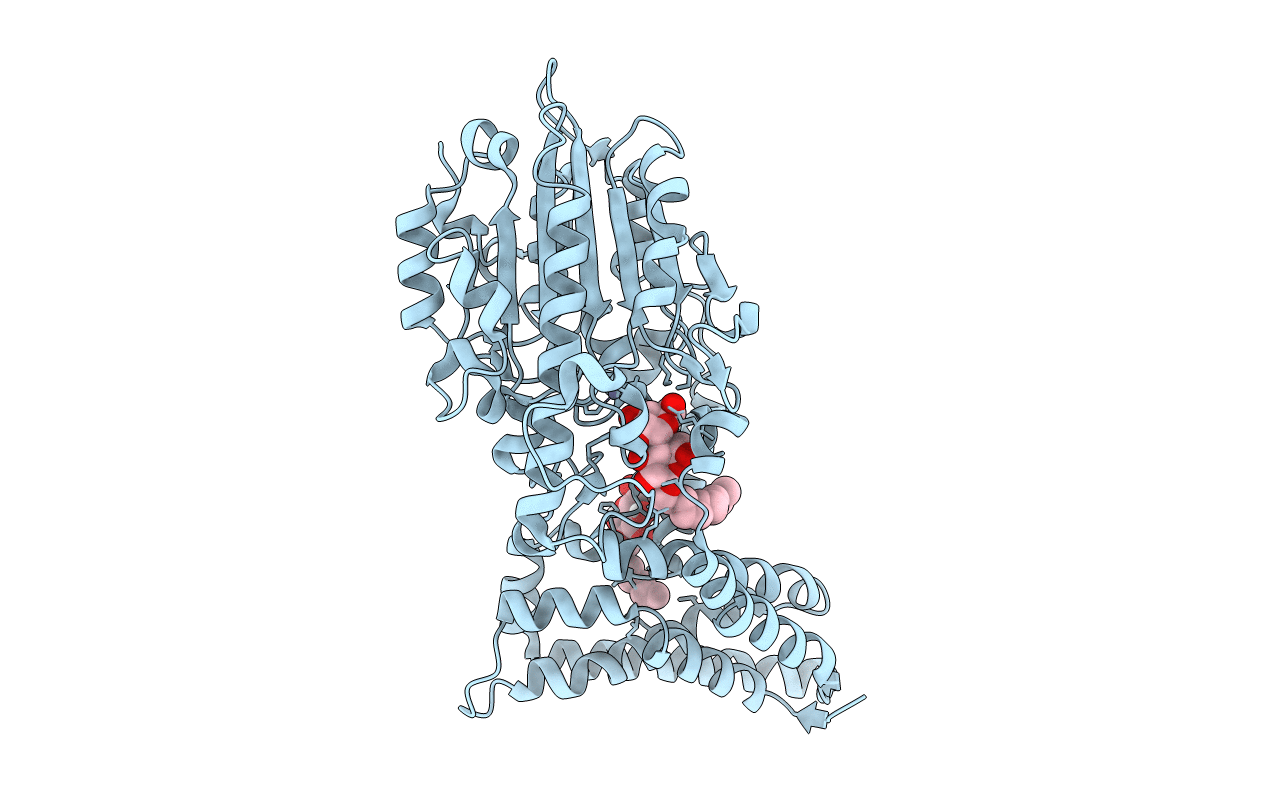
Deposition Date
2015-12-21
Release Date
2017-02-15
Last Version Date
2024-11-06
Entry Detail
PDB ID:
5FGN
Keywords:
Title:
Integral membrane protein lipooligosaccharide phosphoethanolamine transferase A (EptA) from Neisseria meningitidis
Biological Source:
Source Organism:
Neisseria meningitidis serogroup B (Taxon ID: 491)
Host Organism:
Method Details:
Experimental Method:
Resolution:
2.75 Å
R-Value Free:
0.24
R-Value Work:
0.21
R-Value Observed:
0.21
Space Group:
I 4 2 2


